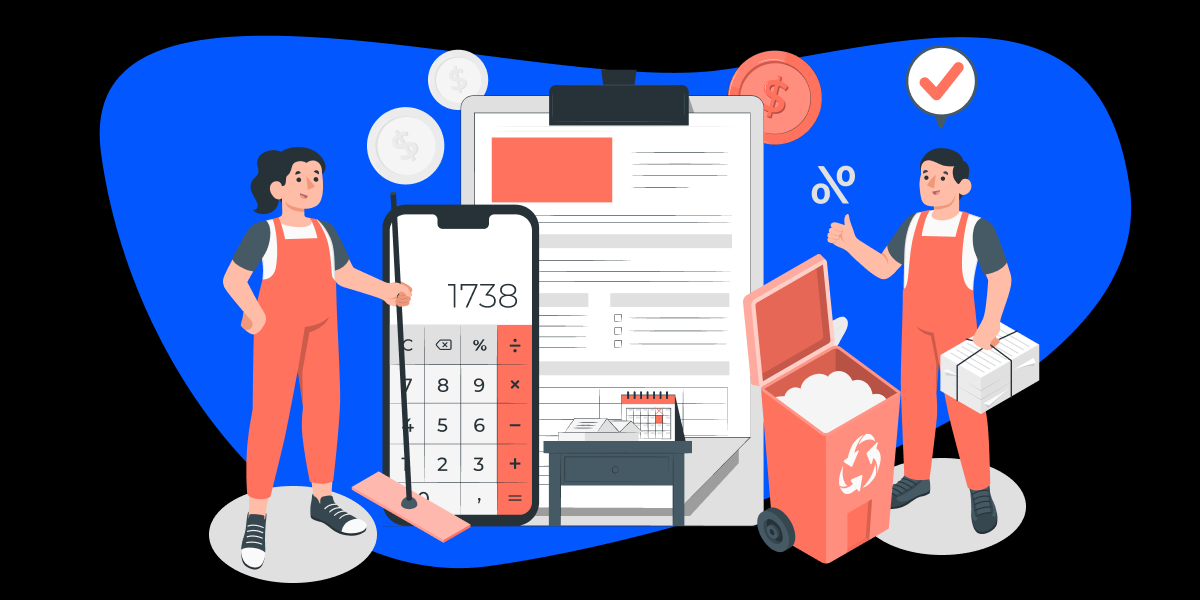How to Accept Credit Cards Online
With credit cards becoming the popular form of payment in the U.S. it's imperative that your business accepts credit card payments online.



Do you always have cash on you? Chances are the answer is no and neither do your customers. Only 13 percent of American consumers say they always have cash on hand — which leaves the vast majority of consumers potentially cashless.
How to Accept Credit Cards Online So what does that mean for your business? Well, if you don’t accept credit card payments online, it’s bad news. You limit your customer base and close your business off to a ton of credit card consumers and online sales in general.
Today, consumers are making more online payments now than ever before, and mobile payments, in particular, are on the rise and for good reason. Enabling your customers to make purchases and pay online is easier, faster and more convenient — especially from their mobile device.
Transitioning to credit card payments online doesn’t have to be hard — it’s actually quite easy for you and your customers. But in order to do so, you will need a tool to collect customer data and decide on a way to process the payments.
Businesses that want online credit card processing have options, but they generally need at least one of the following:
Merchant Account to Process Online Payments
A merchant account is a kind of business bank account that enables you to accept and process electronic payment card transactions.
To open a merchant account, your business must partner with a merchant acquiring bank. The bank is in charge of facilitating all the communication in an electronic payment transaction for your business. In other words, the bank would act as an intermediary between your business and the credit card company.
The first step in opening an account is choosing the credit card companies you want to do business with. This decision varies depending on the kind of business you own, the services or products you sell, and the location you operate in. However, it’s always safe to accept major credit cards.
After this step is complete, it’s time to do research and find a bank to open your merchant account with. Your business will be required to submit the following information: Business activities, banking information, tax documents, and your payment model.
Opening a merchant account is by far the most affordable option. While the merchant acquiring bank can charge the business per-month and per-transaction fees, the amounts typically end up costing less than flat-rate fees.
Payment Service Provider
Payment service providers allow you to accept credit card payments without setting up a merchant account. This can be a great option for businesses that are just starting out. The benefit of choosing this method is that you’ll pay a flat rate fee and there are no set up fees. This makes it easier to get started and since the billing is month-to-month, you won’t be locked into any long-term contracts.
Many businesses choose to start out with this model and then switch to a merchant account when they’re ready.
A Secure Payment Gateway
A payment gateway is a service provided by an eCommerce application service provider that authorizes credit card or direct payment processing for businesses. It allows your business to accept credit card payments by connecting payment processors and merchant account providers while also encrypting the payment.
In other words, a payment gateway transfers the money from your customer’s credit card bank to your business’s bank account.
This can be used as a website payment solution. This allows customers to make a purchase directly on your website.
Use an eCommerce Platform
Most eCommerce platforms have built-in payment processors and accept all major credit cards. You will have to create your store and activate your payments. You have the option to build an eCommerce website or implement eCommerce capability into your existing website.
Both options require you to have your EIN (employee identification number) and banking information to complete the setup.
Mobile Point of Sale and Mobile Payments
Both mobile point of sale (mPOS) and mobile payments (mPayments) have become increasingly popular in recent years. With the vast majority of Americans glued to their phone — literally carry it with them at all times — many businesses have picked up on this trend and adjusted their strategy accordingly.
To start, an mPOS system is a type of technology like an iPad, Android tablet, or smartphone that takes on the role of the traditional cash registers or POS terminals that are used in many brick-and-mortar locations. Usually, the mPOS device is paired with a POS hardware like a credit card reader, barcode scanner, or cash drawer and has all of the functionality and capabilities to carry out a transaction and store customer data.
Similar to mPOS, mobile payments is a blanket term that refers to the variety of payment choices that are readily available to consumers via their mobile device, which includes a mobile point of sale. Mobile payments include mobile wallets, mobile card readers, mobile money, mobile money transfer, and person-to-person (virtual) payments. Some are targeted more towards business, whereas others are catered to best meet the needs of individuals.
Regardless of which option you choose, accepting credit card payments online or through a mobile device will boost your sales, increase your cash flow and improve the customer experience. Many businesses choose to incorporate multiple online payment methods depending on what works best for them.
Making the Switch
The payments industry is constantly growing, evolving and progressing to provide vendors and customers with the best possible experience. Today, there are more payment tools and platforms to choose from to help you find the perfect option for your business based on the number of payments you receive, the kind of business you own and your overall budget.
For most small businesses, it’s a good idea to use a solution that includes at least both the payment gateway and merchant account in one system. You can always adjust it in the future.
By expanding the number of payment methods you accept and adding online credit card payments, you will attract more customers, enable faster and more convenient payments and ensure a secure environment for both parties during every transaction you make.
Make it as easy as possible for your customers by accepting credit cards online. This will lead to happier customers, which results in higher conversions and more sales. Some other benefits include:
- Security
- Accessibility
- Easy to use
- Cost-effective
There are many ways to accept credit cards online. Before deciding, you should consider your customer base as well as your target audience to see which payment methods they’re using and then implement them into your online payment platform.
Ultimately, there is a lot to consider when choosing how you will accept credit cards online, but it really depends on your specific business. It’s also good practice to accept multiple forms of payment: Online, in-store and mobile.
Bottom line? If you don’t accept credit cards online, you will miss out on a ton of consumers that can easily be turned into paying customers — which means less money in your pocket. The choice is yours to make.

%20(1)%20(1).png?width=340&name=Group%2012%20(2)%20(1)%20(1).png)



